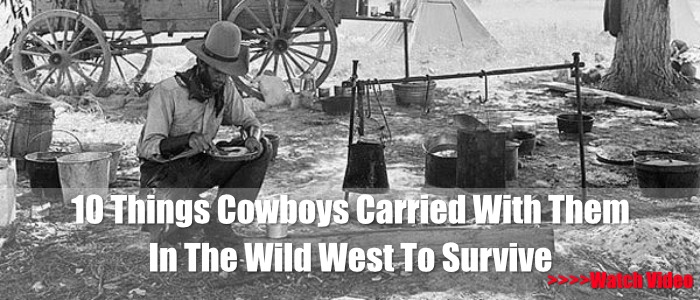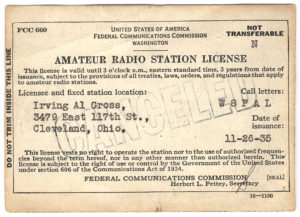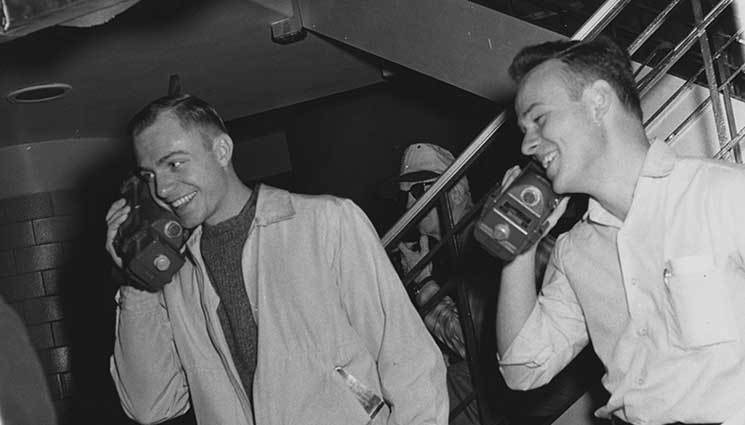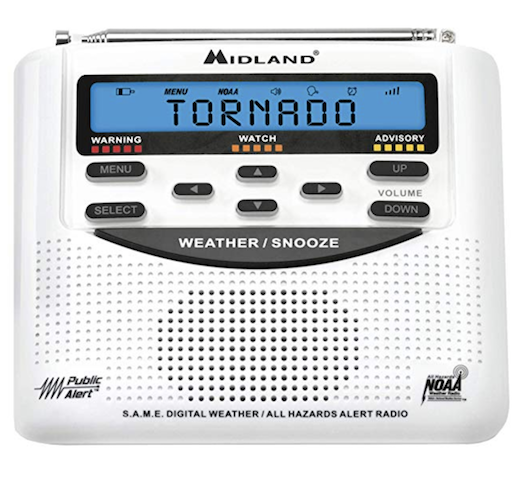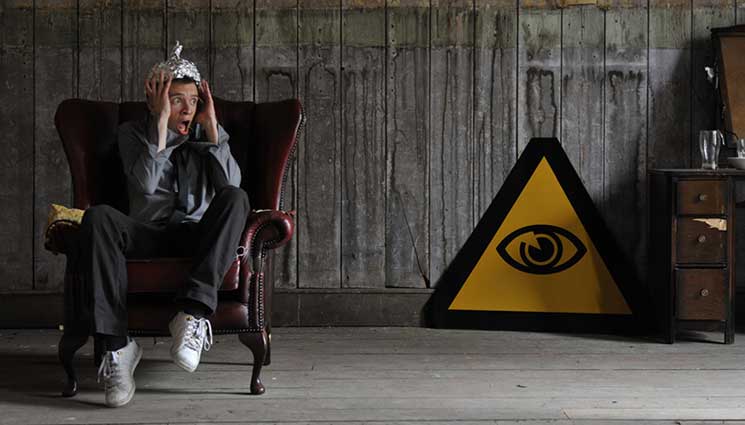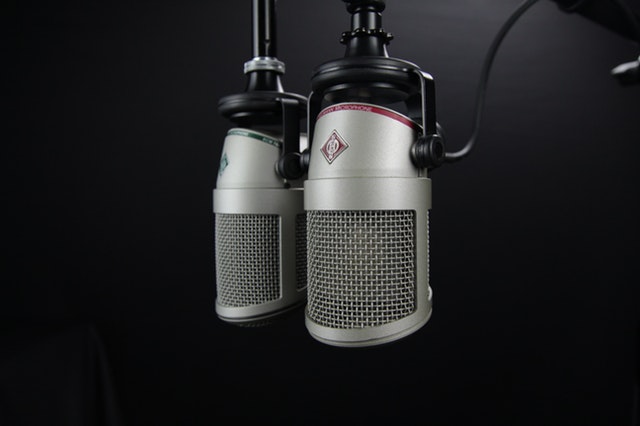
Remember the 80s? If you were a kid of the 80s like I was, you probably grew up blabbing to your friends over a walkie-talkie. If you were really cool, you had one that was disguised as a Pepsi bottle too. If you’re stewing at how young I am, I promise I had a string phone too.
Meanwhile, cell phones have become our main, if not only, communication devices because of their versatility, portability and ease of use. However, the problem with relying on them too heavily is that during an emergency, the likelihood of them failing can become a big concern.
If we think about contingencies and recognise the limitations of the devices we rely on so heavily these days, what can we use to fill that gap if the cell networks become overloaded? Enter the venerable radio.
Radio communication is an extensive subject and one that causes a lot of head scratching. I’m not claiming to be an expert, but I have been learning over the years and I’d like to share that experience with you today.
Here are 7 things I wish I knew about radio prepping before I started. And let’s thank Darryl for contributing.
1. How to get a License
We have all heard that if SHTF, no one is going to care if you have a license or not. There are two problems with this:
#1. Operating an amateur radio is a skill.
#2. Hams won’t talk to unlicensed operators.
Ham radio has much more power than other public radio service.
I have also heard that during an emergency, I won’t need a license. There is no such exception to FCC Part 97. Some misquote para. 97.403 and 97.405 as justification, but 97.403 makes it clear that the exception is for the immediate safety of human life and immediate protection of property.
I am sorry, but hams are very snobby about their licenses. If they suspect that you aren’t licensed, they will dig until they find out. We have our ways.
Related: Radio Silence – Communication Without Electronics
2. FCC License Information Is Public
#1. This includes your address, so I recommend that you don’t use your SHTF address as your mailing address for your license. Many hams, including me, have the full FCC database download.
#2. Call signs are in one of ten call areas based upon where you live. Since call areas are fairly large, your call area isn’t a dead giveaway of your location, but it won’t hurt to have a vanity call with a different call area than where you live. Vanity calls are now free and aren’t hard to get. Of course, anyone that has the FCC database will know close to where you are at.
There are three classes of license: Technician, General, and Extra.
Techs have very limited HF privileges; General and Extra have quite a bit more. What HF privileges Techs have aren’t really useful during SHTF. So if you want to talk more than a few miles without the aid of a repeater, then you need a General class license.
3. Bands and Uses (Background for Other Important Information)
There are two main groups of ham bands: HF from 0 to 30 Mhz and VUHF+ from 30Mhz to microwave plus.
I won’t bore you with all the non-HF bands as there are many of them. For full details, see here.
4. VUHF(VHF and UHF) bands are mainly line of sight. This includes the following:
#1. 6 Meters 50-54 Mhz
This band is called the magic band as when conditions are right, its range is thousands of miles, but you can’t depend on it
#2. 2 Meters 144-148 Mhz (just above the FM broadcast band and below the public service VHF band)
This is the heavy lifting band of amateur radio. Most amateur traffic is on this band. Very few people reading this won’t be within the range of a 2-meter repeater. A repeater is ham speak for a station that receives on one frequency and transmits on another frequency to extend the range to tens or hundreds of miles. However, don’t count on repeaters being up after TSHTF.
#3. 1.25 Meter 222.0-225.0 Mhz (This isn’t used much, and not a lot of radios and repeaters can transmit on this band. This would be a good band for near private comms.)
#4. 70 Centimeter 420-450 Mhz (note: There is as much bandwidth on this single band as there is in the entire HF section (not just ham HF). This is also close to FRM/GMRS/.)
Related: The Keys To Effective Prepper Communication
5. HF going from the bottom to the top (Again, I am omitting some of the non-useful bands):
(160-40 Meters will “get longer” during the night, which means it will skip over closer stations and reach greater distances. 20-10 Meters will skip or shut down at times.)
#1. 160 Meters 1.8-2.0 Mhz (regional area) (just above AM broadcast band)
This is a hard band because it takes a very long antenna; therefore, it isn’t heavily used.
It is mainly a nighttime band when it can reach thousands of miles if conditions are right and hundreds of miles during normal conditions. It is mainly used in winter when thunderstorms are at a minimum as the lighting causes interference, called QRN in ham speak.
#2. 80 Meters 3.5-4.0 Mhz (regional area)
This is kind of a hard band, but there are lots of low-cost wire antennas that will get the job done because the length that is required is only to have the 160-meter antenna.
This is the ideal band for preppers to communicate for a few hundred miles because it is easy to bounce it off the sky. More on that later.
#3. 40 Meters 7.0-7.3 Mhz (regional area)
This is another good band for preppers. It’s mainly a nighttime band, but it is usable during daytime for shorter distances.
#4. 20 (14.0-14.35 Mhz, 17(18.068-18.168), 15(21.0-21.45), 12(24.89-24.99 Mhz), and 10 Meters (28.0-29.7 Mhz)
I have lumped these bands together because they are similar in propagation, which is mainly daylight. Twenty meters is the bread and butter band. It is open the longest, and everyone flocks to it.
Twelve and 10 meters are really only open during maximum sunspot cycles.
6. Radio Transmissions Are Not Anonymous!
This is something most people don’t think about. When you press that transmit button, you are sending up a flare for miles (maybe hundreds of miles) saying, “Here I am.” This is done with Radio Direction Finding (RDF), which hams call fox hunting, and they do it for sport.
From the time the SHTF until people start to get hungry and gangs form, there will be a grace period when you can transmit without a lot of concern. However, at some point, the zombie gangs will learn to hunt foxes. It isn’t hard to learn either.
Since the gangs will be looking for low hanging fruit, they will most likely hunt in this order:
#1. CB. They are cheap and powerful. They are the prepper’s go-to radio.
#2. GRMS, FRS, MURS, etc. Lots of FRSs but limit range means they have to be close to hunt. GRMS has more power and therefore greater range. Lots of overlapping channels.
#3. Public service VUHF, HAM VHF
#4. Ham UHF 30 Mhz is a lot of bandwidth to scan through.
#5. Ham HF is hard, so most scanners don’t go below about 26 Mhz.
If you want to communicate with others, you will need to know how to take countermeasures to prevent being hunted. Most of these countermeasures only apply to ham radios. None are foolproof.
Related Prepping 101 – Communication Options
7. Countermeasures
All
- Keep transmissions short.
- Rotate frequencies.
- Use code words for locations.
- Night time is safer, but that is relative.
- Set up a hiding cross band repeater as far away from your location as possible. This will extend your range, and if it goes down, then you know there are hunters in the area.
- Use stealth. Wire antennas are hard to see.
VUHF
- Avoid channelized radio services. (i.e., CB, FRS, GMRS, MURS, etc.) CBs are the worst!
- Transmit and receive on different frequencies.
- Use amateur satellite with directional.
- Use odd frequencies.
- Make up your own call signs when not communicating with hams.
HF
HF will be the last to be hunted because most of the signals that can be picked up will be too far away to raid. I don’t think they will ever be hunted, but I am not going to bet my life on it.
- Use digital modes (PSK-31 may be the best). Lots of signals sound like noise, and it takes good equipment to pick out a DF individual.
- Use NVIS antennas for 80 and 40 meters. With NVIS, most of the signal goes straight up then bounces down in all directions.
On a different note, here’s some other self-sufficiency and preparedness solutions recommended for you:
The Lost Ways (The vital self-sufficiency lessons our great grand-fathers left us)
Survival MD (Knowledge to survive any medical crisis situation)
Backyard Liberty (Liberal’s hidden agenda: more than just your guns…)
Alive After the Fall (Build yourself the only unlimited water source you’ll ever need)
The Lost ways II (4 Important Forgotten Skills used by our Ancestors that can help you in any crisis)
The Patriot Privacy Kit (Secure your privacy in just 10 simple steps)


